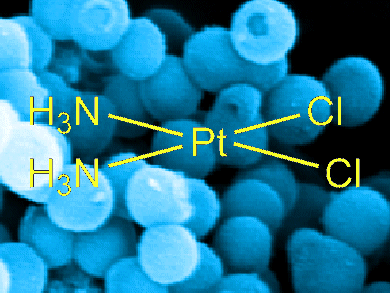Cisplatin, one of the first chemotherapy drugs, is good at killing cancer cells, but can also seriously damage kidneys.
Shiladitya Sengupta and team, Harvard-MIT Division of Health Sciences and Technology, USA, have found that encasing cisplatin in nanoparticles that are too large to enter the kidneys allows for higher doses to be prescribed.
The cisplatin was bound by a glucosamine-functionalized polyisobutylene-maleic acid polymer which self-assembles into a nanoparticle. The nanoparticle releases Pt in a pH-dependent manner and outperformed cisplatin in mice engineered to develop ovarian cancer.
The researchers are now working on new variants of the nanoparticles that would be easier to manufacture. They are planning to test the nanoparticles in clinical trials, which Sengupta hopes will get underway within the next two years.
- Harnessing structure-activity relationship to engineer a cisplatin nanoparticle for enhanced antitumor efficacy
A. S. Paraskara, S. Sonia, K. T. Chinc, P. Chaudhuria, K. W. Mutoc et al.,
Proc. Natl. Acad. Sci. 2010, 107 (28), 12435-12440.
DOI: 10.1073/pnas.1007026107



